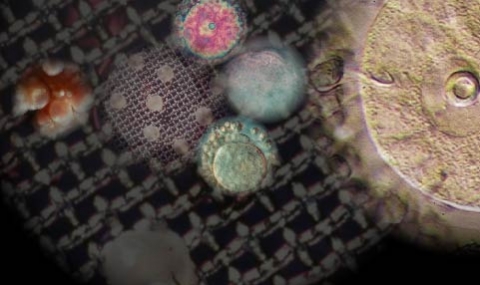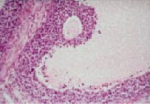Follicular regulation of meiotic resumption and oocyte maturation inhibitor
spontaneous maturation of isolated cumulus-enclosed oocytes (CEO) in culture led Pincus and Enzmann (1935) to suggest that follicle cells somehow inhibit the resumption of meiosis. We have tested this assumption by co-culture of porcine cumulus-enclosed oocytes (CEO) with other follicular constituents, such as porcine follicular fluid (PFFI), granulosa cells or ovarian theca-somatic tissue.





